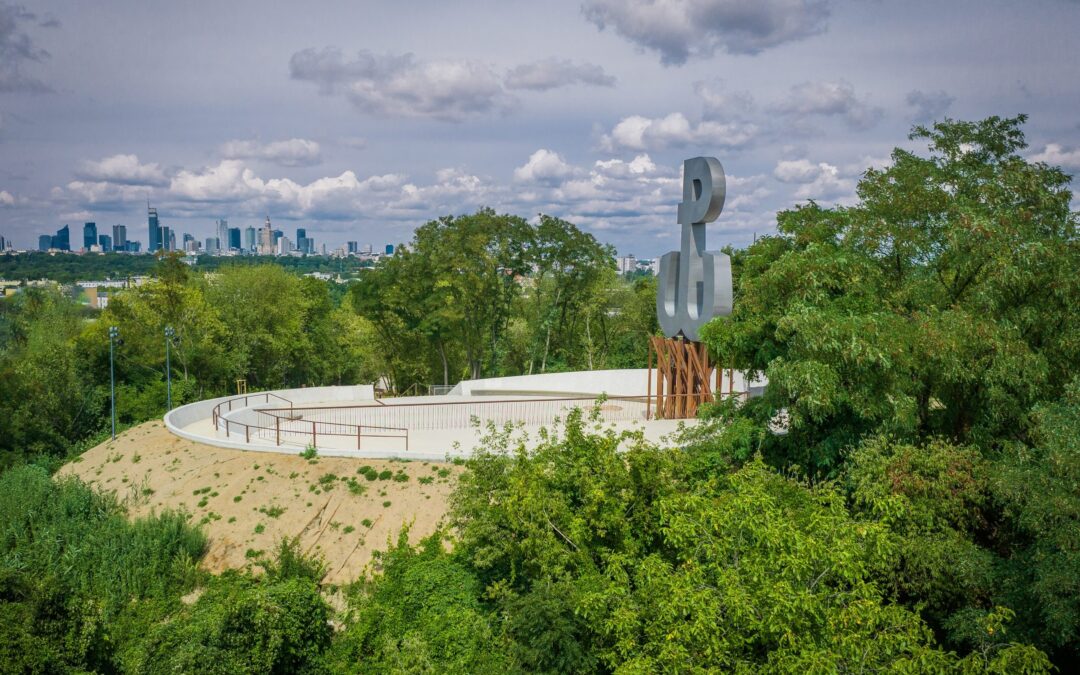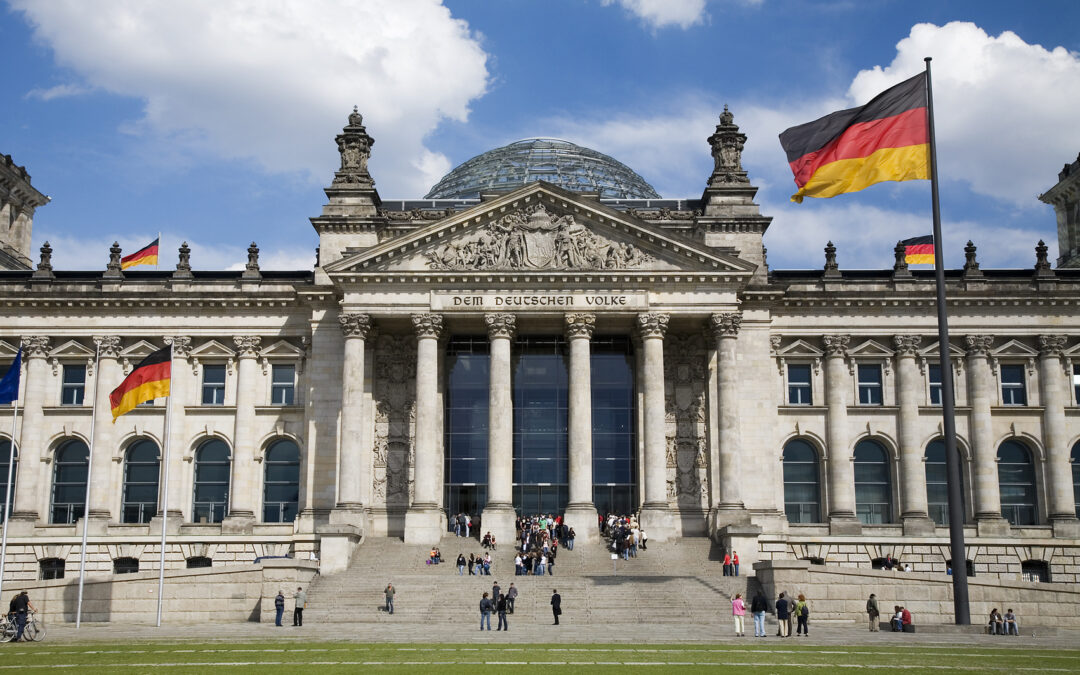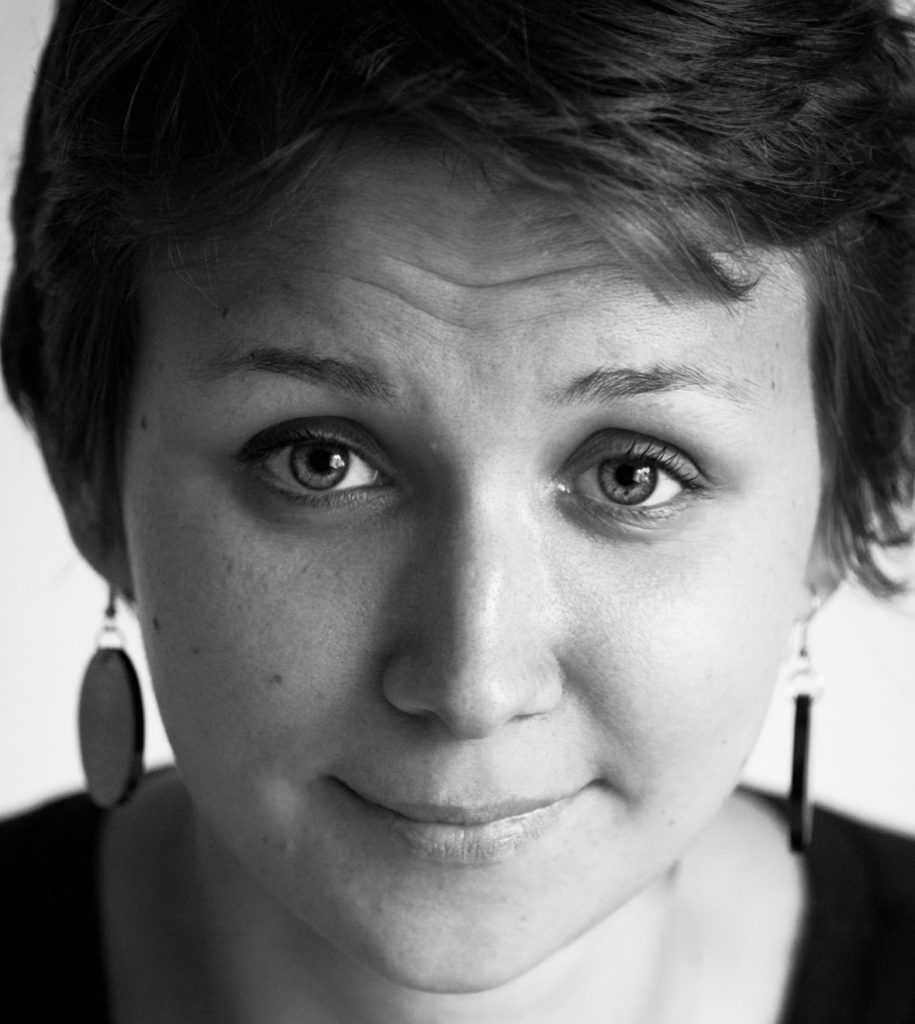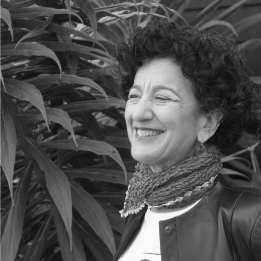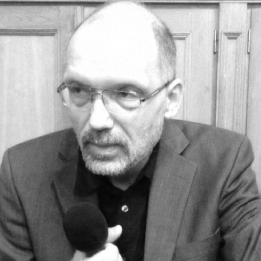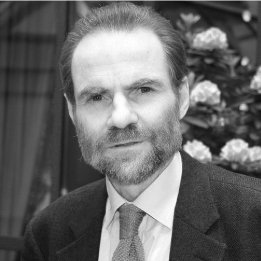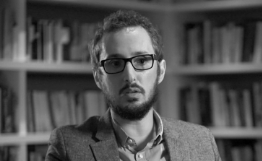Keep our news free from ads and paywalls by making a donation to support our work!

Notes from Poland is run by a small editorial team and is published by an independent, non-profit foundation that is funded through donations from our readers. We cannot do what we do without your support.
A park in Warsaw created on a huge mound of rubble left over from the destruction of the city in World War Two has won the European Prize for Urban Public Space.
“The park at the Warsaw Uprising Mound innovatively integrates the area’s history by recycling World War II ruins to create an accessible, enjoyable public space that combines memory, leisure and ecological sensibility,” wrote the organisers of the award.
🌳🏆 The Park at the Warsaw Uprising Mound has received the European Prize for the best Urban Public Space 2024! @publicspaceCCCB
💚 Congratulations to Zarząd Zieleni @warszawa (Warsaw Greenery Authority), the developer of this project, and its authors: Archigrest and TopoScape… pic.twitter.com/rnpFd7I6x2— Go2Warsaw (@Go2Warsaw) October 30, 2024
During the war, the German occupiers devastated Warsaw, with around 85% of its buildings destroyed by the time hostilities ended in 1945. Afterwards, the city was rebuilt, including a replica of its historic Old Town and castle.
However, millions of tonnes of rubble were still left from the wartime destruction. Some was used to construct a new sports stadium, some to reinforce railway and flood embankments. But much of it was piled up in a large mound in the city’s Mokotów district, reaching a height of 31 metres.
For decades, the mound was something of a wasteland. But in the 1990s, efforts began to turn it into a memorial. In 1994, a kotwica – the anchor symbol used by Poland’s wartime resistance – was placed atop it.
In 2004, the mound was renamed in honour of the Warsaw Uprising and efforts were made to make it more accessible. Finally, this year – the 80th anniversary of the uprising – a project carried out by the municipal authorities to turn the mound into a new park was completed.
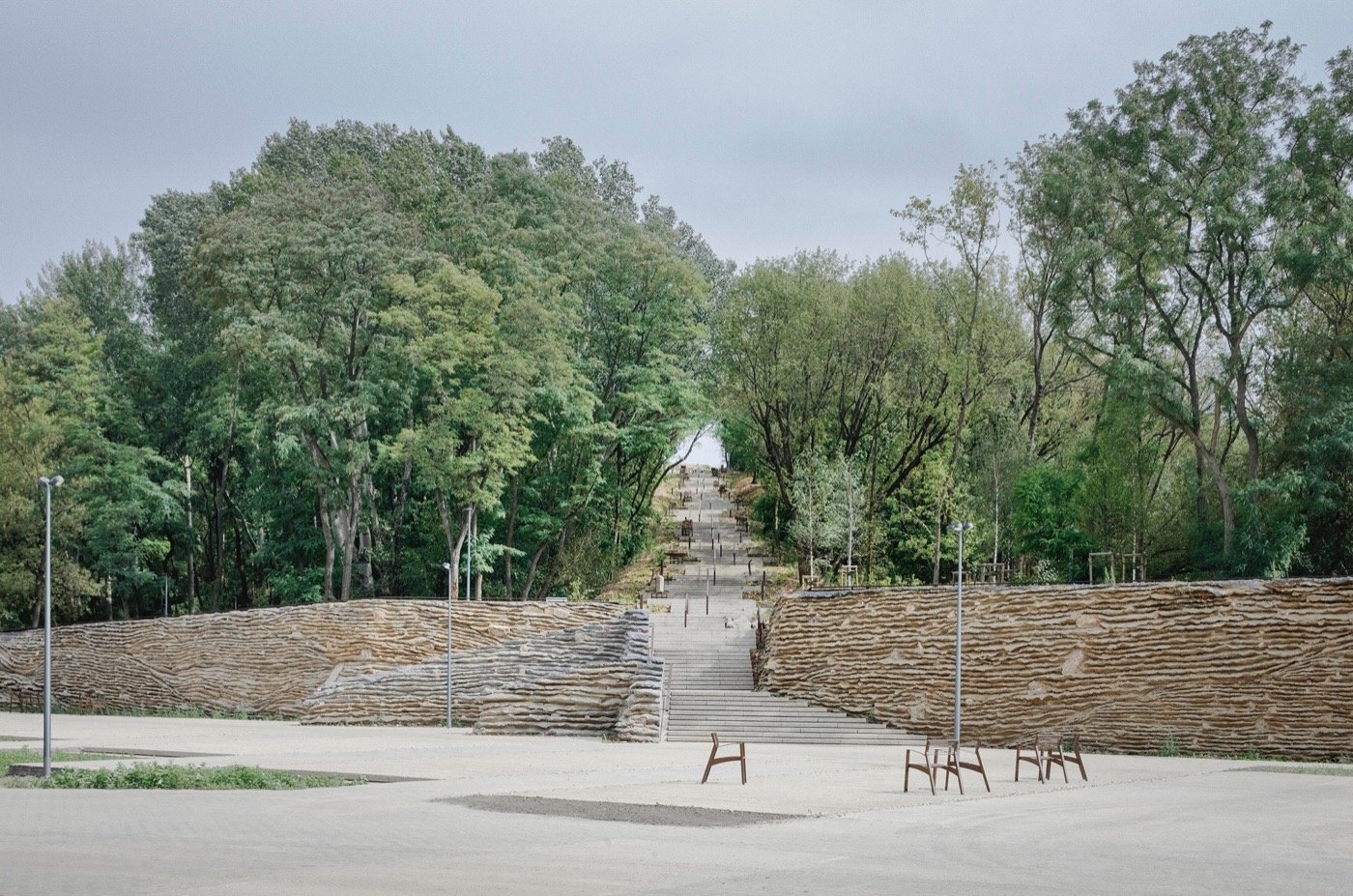
A square and stairs in the park, partially built using concrete made from the rubble (image credit: Michał Szlaga / archigrest / topoScape)
In a statement celebrating the award, Warsaw city hall said that the park is both a tribute to the past but also “provides the city with a new green space that is resilient to climate change, thanks to landscape management strategies and the spontaneous nature that has grown on the mound”.
“Making [the park] easier to use and safer for visitors…has significantly improved the quality of life of the local community and strengthened their connection with the mound, thus strengthening the community itself,” they added.
The municipal authorities also noted that revitalisation of the area would not have been possible without 11.6 million zloty (€2.7 million) in EU funds as part of a project to “create green areas with historical symbolism in Warsaw”.
The organisers of the award praised the Warsaw Uprising Mound project for offering “both a place of remembrance and a regular recreational area for the residents of the new housing developments that were being built around it”.
They also noted the efforts of the authorities to “preserve the existing invasive and ruderal vegetation, which provided key ecosystem services to the city”, as well as to “encourage users to appreciate the aesthetics of the recycling present in the project”.
For example, some of the rubble located at the mount was used to make concrete that was then used as part of the newly created park. The award organisers also praised the large number of resting and walking areas, as well as a children’s playground.
In September, Poland’s plans to rebuild the Saxon Palace, a major Warsaw landmark that was destroyed by the German occupiers during World War Two, won the prestigious International Architecture Award.
Plans to rebuild the Saxon Palace, a Warsaw landmark destroyed in WWII, have won the prestigious International Architecture Award in the restoration category.
Another Polish project, the Water Factory in Szczecin, won in the sports and recreation category https://t.co/rYXOGAG4jQ
— Notes from Poland 🇵🇱 (@notesfrompoland) September 21, 2024

Notes from Poland is run by a small editorial team and published by an independent, non-profit foundation that is funded through donations from our readers. We cannot do what we do without your support.
Main image credit: Zarząd Zieleni m.st. Warszawy

Daniel Tilles is editor-in-chief of Notes from Poland. He has written on Polish affairs for a wide range of publications, including Foreign Policy, POLITICO Europe, EUobserver and Dziennik Gazeta Prawna.
